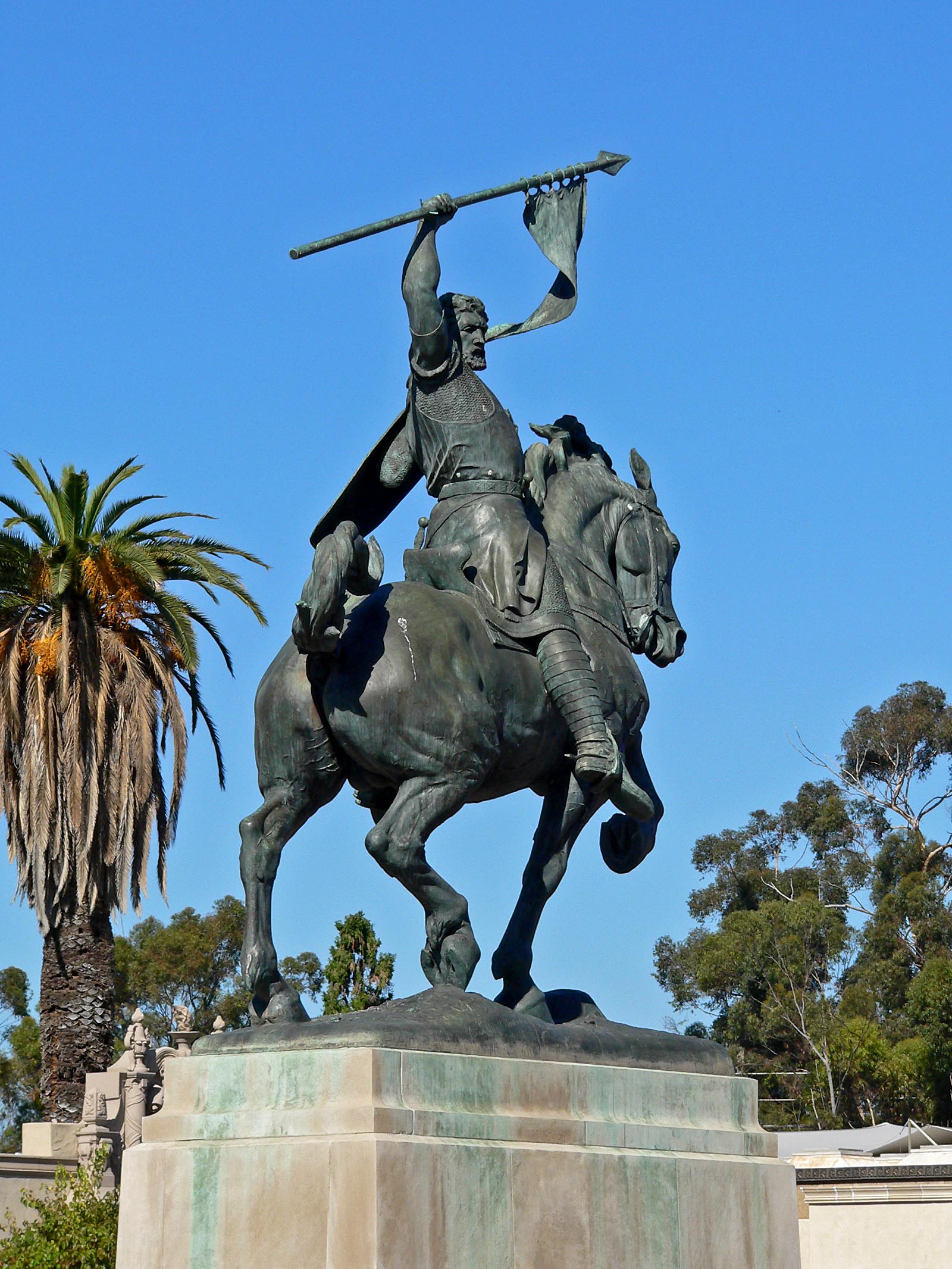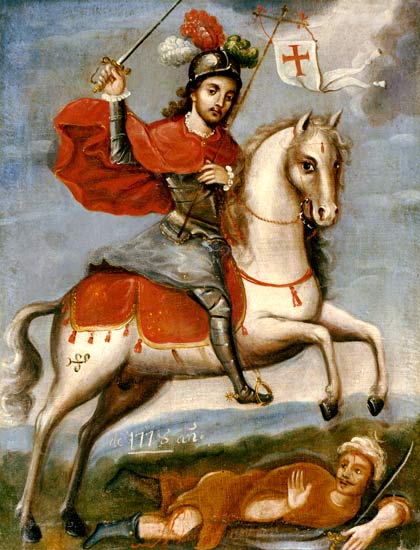It's dangerous talking about the World Wars. Generally speaking it's relatively safe to talk about relatively obscure historical topics (the Dionne Quintuplets, The Plains of Abraham, Louis Riel... well, anything Canadian really) because it's rare that you're going to bump into anyone who knows them well enough to correct you on anything. However, the World Wars are popular enough of a topic to not quite be able to sneak past a mistake or two - not saying that there will be any here... but I'm also certainly not saying there won't be. Because of this, I'm going to be really throwing a full fledged statistic barrage in this blog, because the numbers at the very least will tell the truth. I guess I'm saying something about this blog in that I clearly fear being corrected more than being wrong, but I digress.
 |
A street fight much more intimidating
than those in West Side Story. |
The book I read on the topic was
Stalingrad: The Battle That Shattered Hitler's Dreams of World Domination. It was well worth the five dollars I spent on it at Chapters while killing time until my birthday in which I would inevitably receive a book or two (you're up next, Canada's national dream of building a transcontinental railway!).
Here's the funny thing about Stalingrad. As far as priority targets go, this one was pretty far down the list. The Germans didn't really need it, and it was more of a "take it if you get the chance" type mission for the generals. There's a good chance they wanted it to prevent reinforcements from Stalingrad to disrupt their forces, sure, but it certainly wasn't a be-all-end-all type city for Russia. A possible reason for the mistakenly high priority was the name itself - defeating Stalingrad would serve as a moral blow to the Russian forces (hint: the name Stalin is
in the name Stalingrad). Regardless, they thought it was a good idea to sack the city, but when their first attempt failed, they sent in reinforcements... which failed. Naturally, they would - guess what? - send in more reinforcements. The Russians would in turn respond with more troops, which the other side required more troops to kill those ones. You can see how this builds on each other. All in all, the end result was two kids playing Bloody Knuckles in junior high with both parties being too full of pride to quit and let the other win - except this time the stakes were the lives of millions in what would be one of the most horrible places to be in the entire world.
 |
Russians defending what are already absolutely
annihilated buildings - or it's just how Russia looks. |
On one side there was the big Russian kid who wouldn't let the German one on his playground. Stalin instituted the "Not One Step Back" policy for the defenders of Stalingrad, meaning you don't retreat, you don't surrender, and if you're giving an inch of grounds to the Germans you had best be dead, or else they would help you get there. How they managed to put this into action was having a full line of Russian soldiers on the perimeter with a roving, smaller set of men behind them armed with machine guns. If the Russians attempted to retreat - or deemed not fighting hard enough, I kid you not - they would fire on their own men, mowing them down with machine gun fire. Those that survived would be put into "Punishment Companies", which were basically impossible suicide missions that would earn you back your pride. This included high risk areas or walking through minefields to set off the explosives - again, I am quite serious. 422,000 soldiers were placed in these companies in what was the single most vicious form of quality control of all time.
 |
| I forgot to mention, they also bombed the place into oblivion. |
Inside the city the civilians didn't fare much better. Stalin wanted to keep up appearances, and the idea of having civilians evacuate meant that they were accepting that there was a chance that Stalingrad might fall. This meant that the majority of men, women and children were not allowed to exit, and those that did were shot. The civilians would have to dig tank trenches, build defensive fortifications, or join the Worker Militia Battalion, a poorly equipped force that didn't have enough guns to properly supply their numbers. The logic was they would be sent at the Germans, sometimes two people to a gun. If the man you're following dies, you pick his gun up and shoot things with it, preferably a German.
Regardless of all the extra forces, extreme tactics or tough-as-nails Russian women and children digging trenches, the Germans were still advancing and making their way into the city itself. This meant that the Germans were moving house to house in an unfamiliar urban warfare style. They called it "Rattenkreig", meaning "rat warfare". Death was quite literally around the corner - they would toss a grenade into a room, move in, check if it's clear, and move out. Rinse and repeat. It was terrifying, nervy work.
The Germans were under the impression they were basically going to roll through Russia pretty well unopposed, and for the most part that is how the war on the eastern front began. They would capture so many prisoners and win so many battles, but the Russian forces would resupply and send in more men from what was seemingly an endless supply. Massive losses were irrelevant. They were essentially the "zerg" from the
Starcraft franchise. The reason why the superior numbers were not instantly winning was mostly due to inferior tactics and decision making, as well as having technology that was behind the German capabilities. So naturally, when you're getting kicked around by a superior fighter, you adopt his tactics. The Russians decided they were to turn a German warfare staple into their own, and shock the Nazis with a massive force. With tanks moving past the infantry and destined to penetrate deep into enemy lines, they intended to attack with speed - lightning speed. The Russians were going to Blitzkrieg the Nazis.
 |
A modern day picture of "Pavlov's House",
a fortified apartment in which the
Russian forces defended mightily. It
says "We will rebuild you, dear
Stalingrad!"... and they did, just forgetting
to paint it the same colour. |
The Russians started forming a massive force; 13,000 guns, 894 tanks, 1,150 aircraft and a million infantry men. They bombarded the German line suddenly, tearing through them and placing them so quickly on the defensive they did not have the time to react. The result of the Blitzkrieg was a massive amount of trapped German troops - 220,000 to be exact. The Russians encircled them, cut off their supply, and waited. Supplies were brought in from the Luftwaffe, but flying past the Russians made it a hugely dangerous and often ineffective mission. The Germans were low on ammunition, didn't have enough fuel for their tanks, and were hungry, cold and fearful in the Russian winter. Conditions became about as bad as you could imagine, and an outbreak of sudden, inexplicable deaths occurred. Men that would be fine - well, at least relatively fine, considering - would die on the spot just a few hours later. Moral dropped as they awaited rescue that would be almost impossible.
The Russians offered surrender, to which the Germans refused. They began to be cut down, although held out surprisingly well considering the situation. A second offer of surrender was taken, but being a German prisoner to a bunch of Russians that you were previously attacking is arguably worse. The 111,465 men that were taken were put to work rebuilding Stalingrad, only half of them surviving to spring. Only 5,000 of them would ever see Germany again. The Russians were incredibly vengeful, and understandably so.
So the battle is over, the Germans defeated after an incredible Blitzkrieg maneuver by the Russians, but the victory is difficult to claim. 200,000 Russian civilians died, with another 13,541 being executed by the Russians themselves for conspiracy to help the Germans. The Red Army fared no better; 478,471 were killed, with another 650,878 injured. On the German side, 750,000 were killed, wounded or taken prisoner, effectively ruining a massive part of the Nazi force in attempting to take just one rather insignificant city.
It makes you wonder how the war would have gone if it was still named Tsaritsyn, having changed it's name to Stalingrad in 1925. Oh, and it's called Volgograd now by the way. Russians just can't keep city names.
Famous Historical Figures Say the Darndest Things!
- "From above, it was very well visible to the pilots, that civilians were waiting on the shore. Many times we saw enemy pilots acting as professional assassins. They opened fire on the unarmed women and children and selected targets so as to maximize the number of people killed. The pilots dropped bombs in a crowd at the moment they were beginning to board a boat, fired at the decks of the boats, and bombed islands on which hundreds of wounded had accumulated. The people crossed the river not only on boats and barges. They sailed on overcrowded boats, even on logs, barrels, and boards bound with wire. And the Fascists opened fire from the air on each floating target. They were massacring people." A quote on the atrocities committed by the Nazis on the Russian civilian population. It went both ways.
- "The 6th Army is temporarily surrounded by Russian forces. I know the 6th Army and your commander in chief and have no doubt that in this difficult situation it will hold on bravely. The 6th Army must know that I am doing everything to relieve them. I will issue my orders in good time." - Hitler's message to the trapped 6th Army.
- "The bitter frost, the cold biting winds and the snowstorms have yet to come. Your men have not been supplied with winter uniforms, and live in appalling unhygienic conditions. You as the commander must realize full well that you have no real chance of breaking out of the ring of encirclement. Your situation is hopeless and further resistance is useless." A Russian message sent to the trapped German forces, suggesting surrender.









